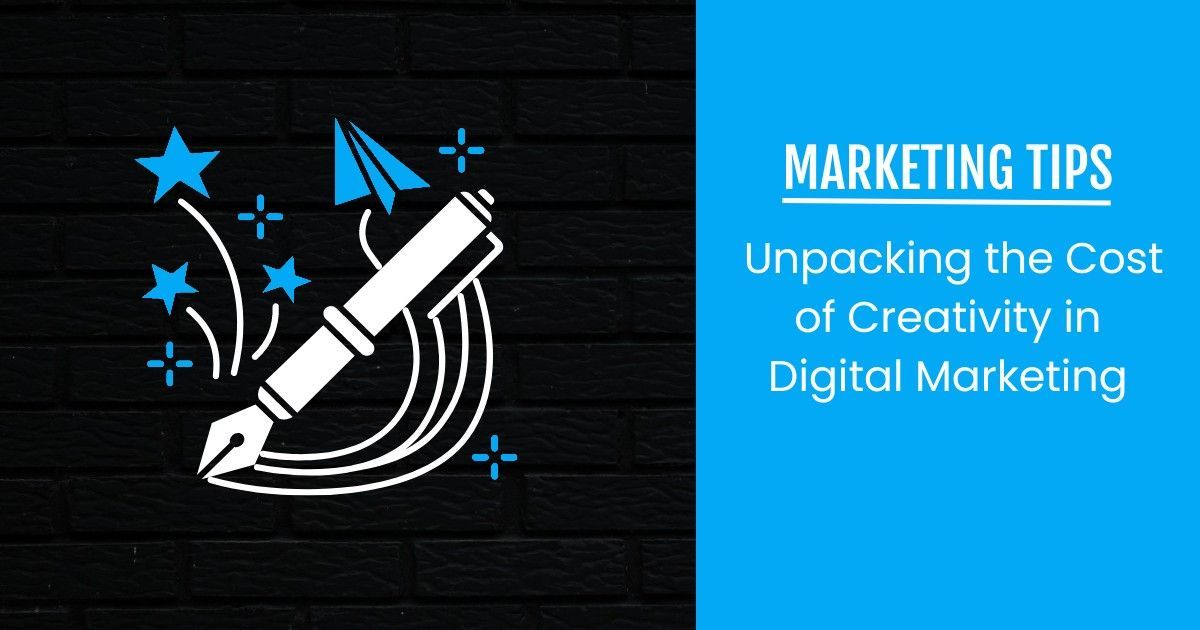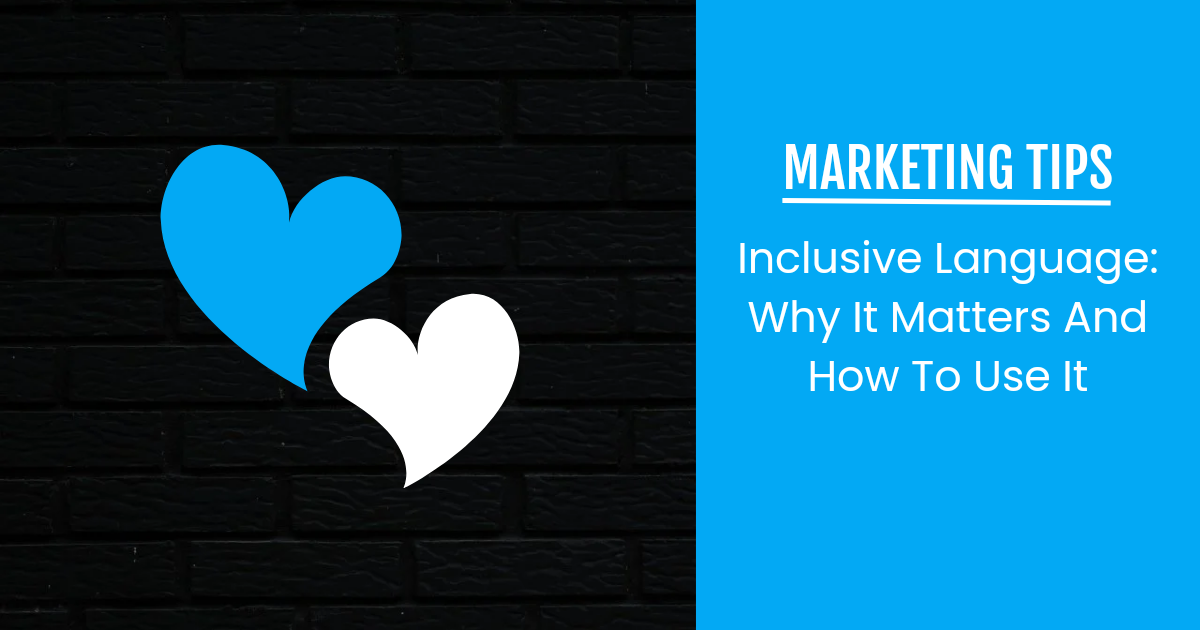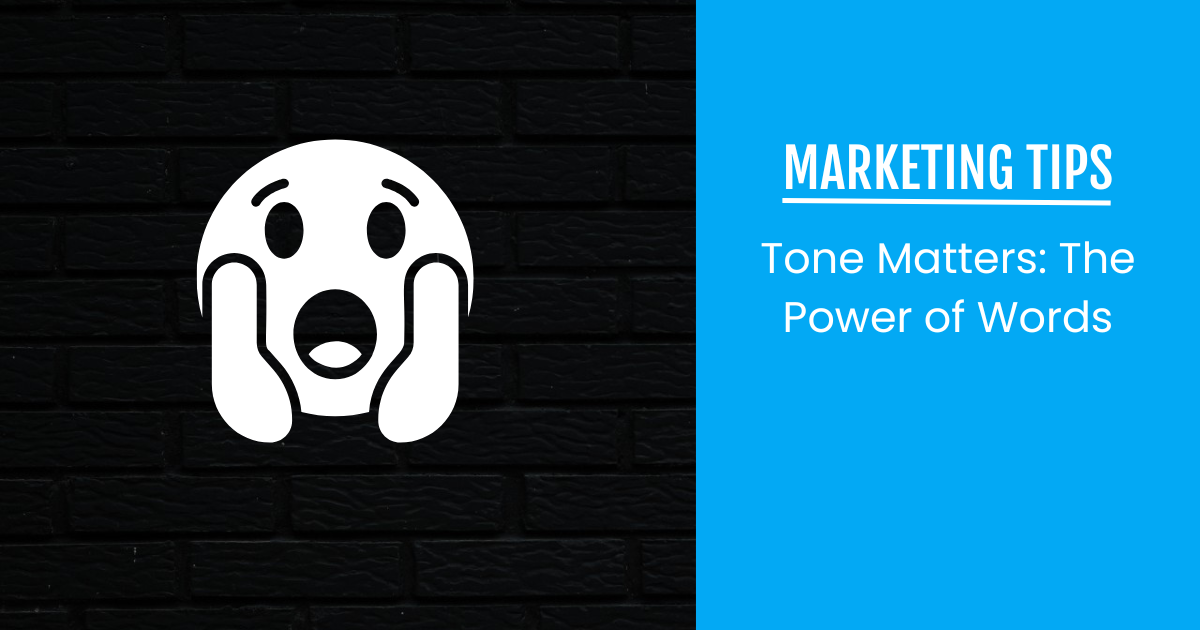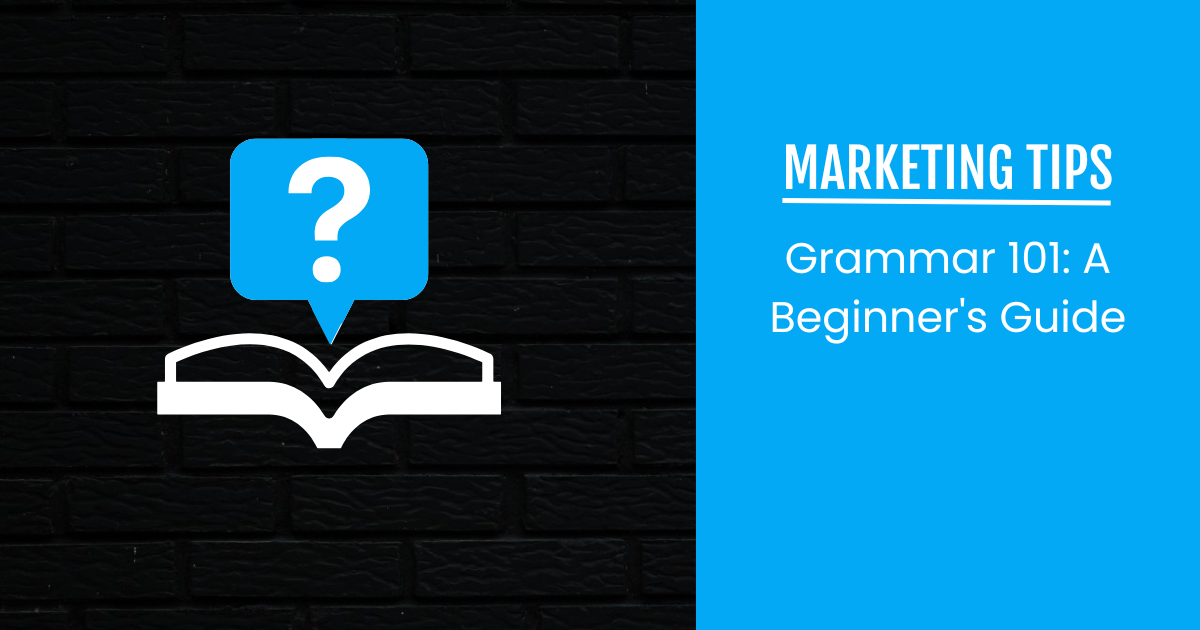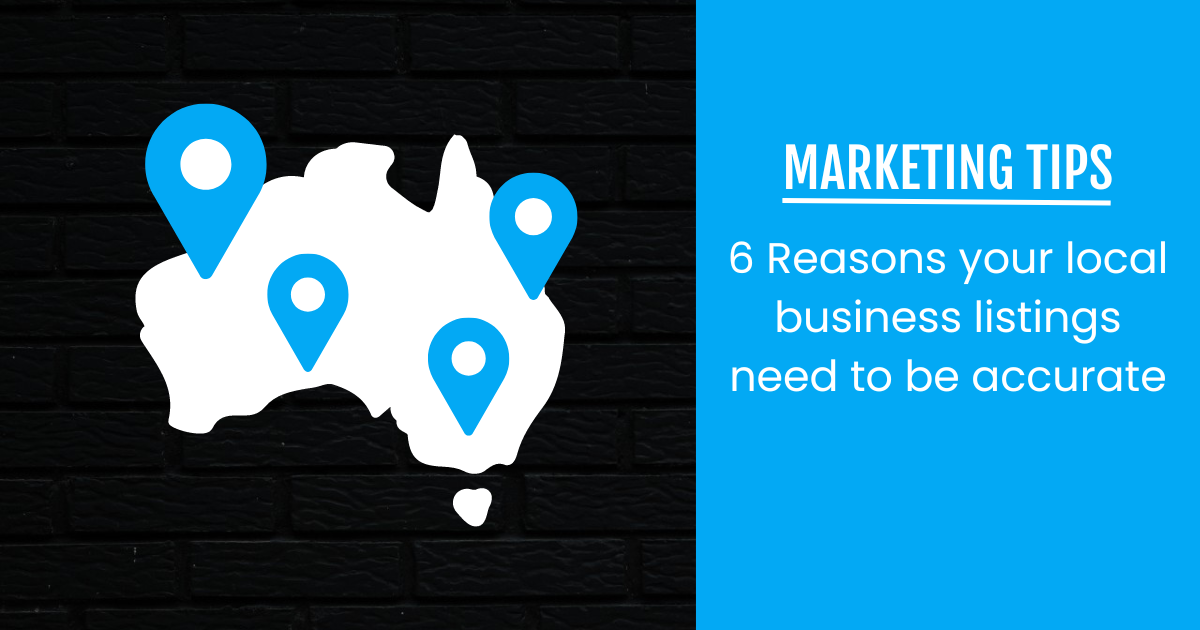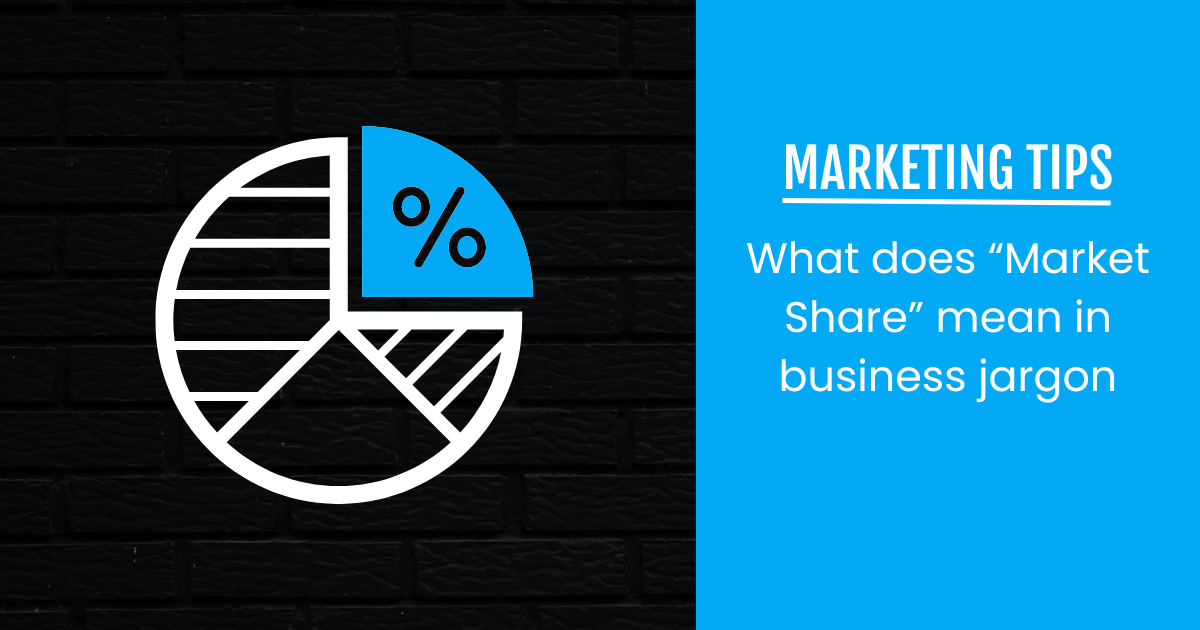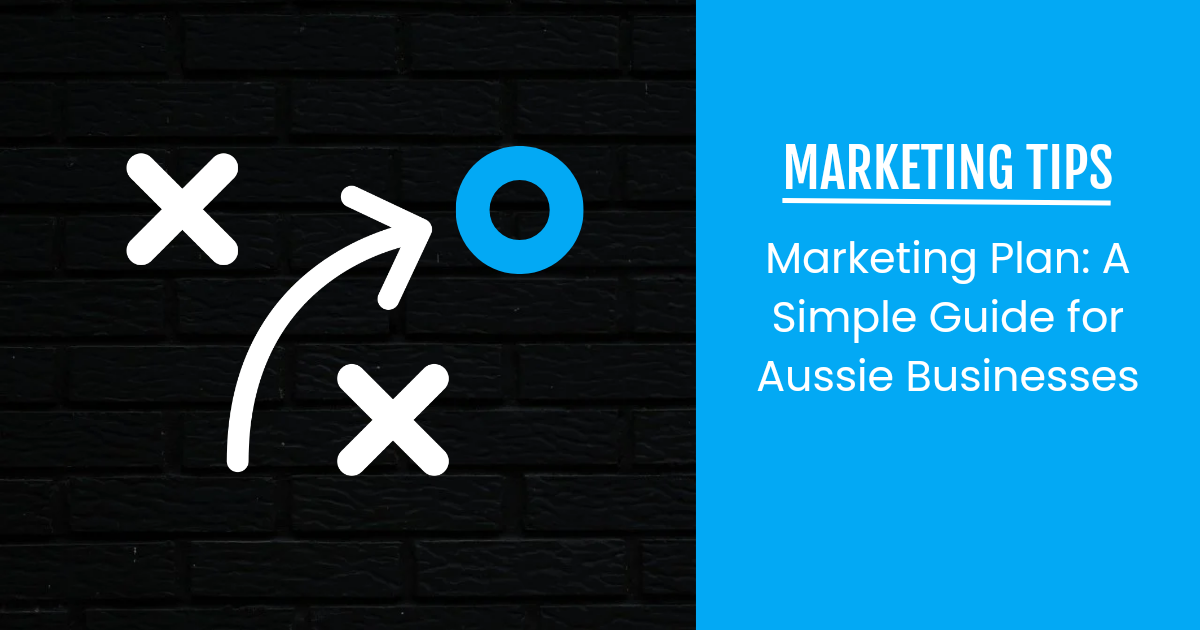By Markskrill
•
April 3, 2025
G'day, leaders! Right, let's cut through the fog thicker than a Sydney Harbour morning after a big night. You've climbed the ranks; you're steering the ship. Now, more than ever, your communication needs to be razor-sharp. We're not talking water cooler chats here; we're talking about frameworks that drive strategy, inspire teams, and keep everyone on the same bloody page. Forget the jargon that'd make a kookaburra laugh and the fluff thicker than a shearer's jumper in July. This is about practical, no-nonsense communication that gets results in the Aussie business landscape. Beyond buzzwords: essential communication frameworks Strategic narrative: Your overarching story. Why does your business exist? What's the big vision? This narrative needs to be clear, compelling, and consistently woven into everything you communicate, from town halls to client pitches. It’s your "why," and it needs to resonate like a didgeridoo at sunset. Clarity cascade: Information needs to flow downhill like a decent waterfall. From the leadership team, through management, to every team member. Ensure key messages are understood at each level, with opportunities for feedback and clarification. No one should be left scratching their head wondering what the bloody hell is going on. Active listening & feedback loops: Communication isn't a one-way street. Aussie workers value being heard. Implement robust feedback mechanisms and actively listen to concerns and ideas. It's about creating a dialogue, not just a monologue from the top. Crisis communication plan: When the unexpected hits the fan (and in business, it inevitably will), you need a clear plan. Who speaks? What's the message? How do you keep stakeholders informed and calm? Being prepared is half the battle. Stakeholder mapping & tailored messaging: Not everyone needs the same yarn. Identify your key stakeholders – clients, investors, employees, suppliers – and tailor your communication to their specific needs and interests. What fires up your sales team might send your finance crew to sleep. Cultural intelligence & inclusivity: In our diverse Aussie workplaces, your communication needs to be culturally sensitive and inclusive. Language, tone, and examples should resonate with everyone, fostering a sense of belonging. Navigating critical parameters: the Aussie way Here’s where the rubber hits the road, especially under the watchful eye of the Australian Consumer Law (ACL) and our famously direct culture: Transparency & honesty: We value straight talk in Australia. Don't sugar-coat the tough stuff, and for crikey's sake, don't mislead. Build trust through open and honest communication, even when it's a hard message to deliver. Context is king: What might be acceptable banter down at the pub might land you in hot water in a formal business setting. Be mindful of your audience and the context of your communication. Brevity & directness: Aussies generally appreciate getting to the point. Avoid rambling and unnecessary complexity. Be clear, concise, and get straight to the heart of the matter. Time is precious, don't waste it. Accountability & follow-through: If you say you're going to do something, bloody well do it. Communication builds expectations, and failing to follow through erodes trust faster than a saltwater croc can snap. Final considerations: leading with clarity Advanced communication isn't just about having the right frameworks; it's about consistent application and a genuine commitment to clarity. It requires skill, judgement, and a touch of Aussie common sense. By mastering these principles, you'll not only lead more effectively but also build a stronger, more engaged, and ultimately more successful business. So there you have it. Chuck out the confusing guff and embrace clear, direct communication. Your teams, your stakeholders, and your bottom line will thank you for it. Righto, that's the good oil. Now go forth and communicate strategically!


